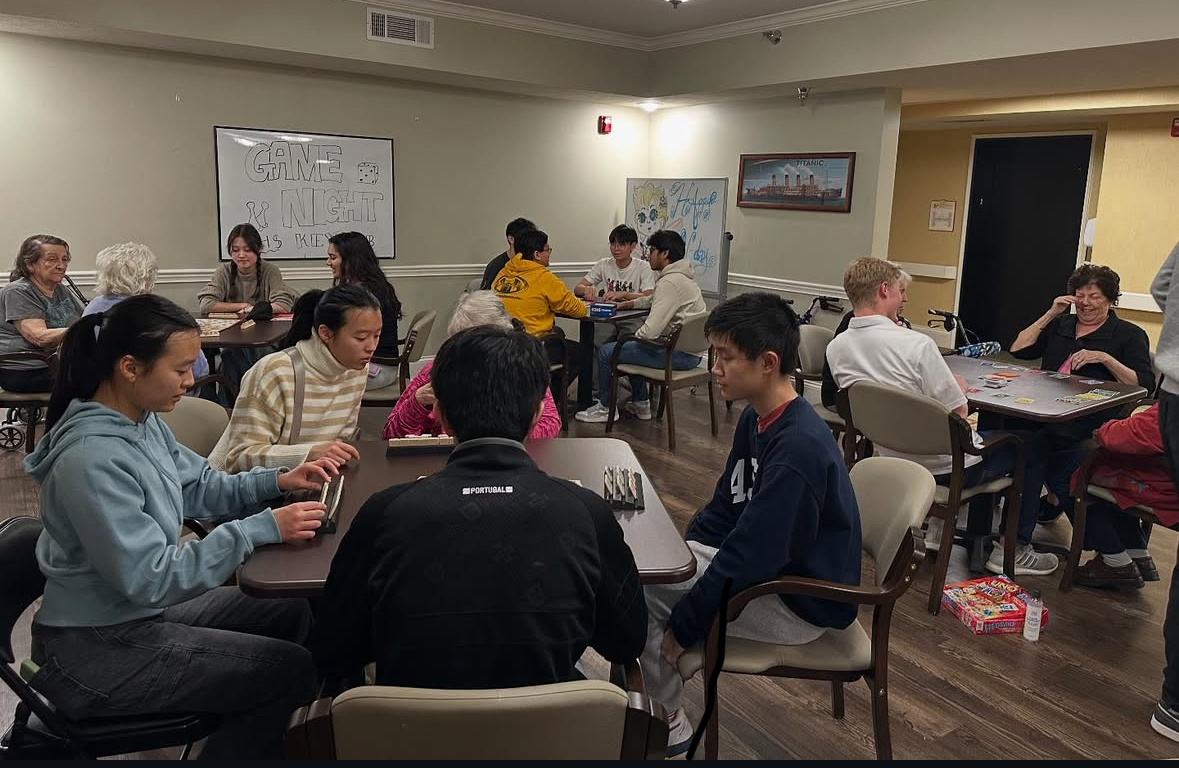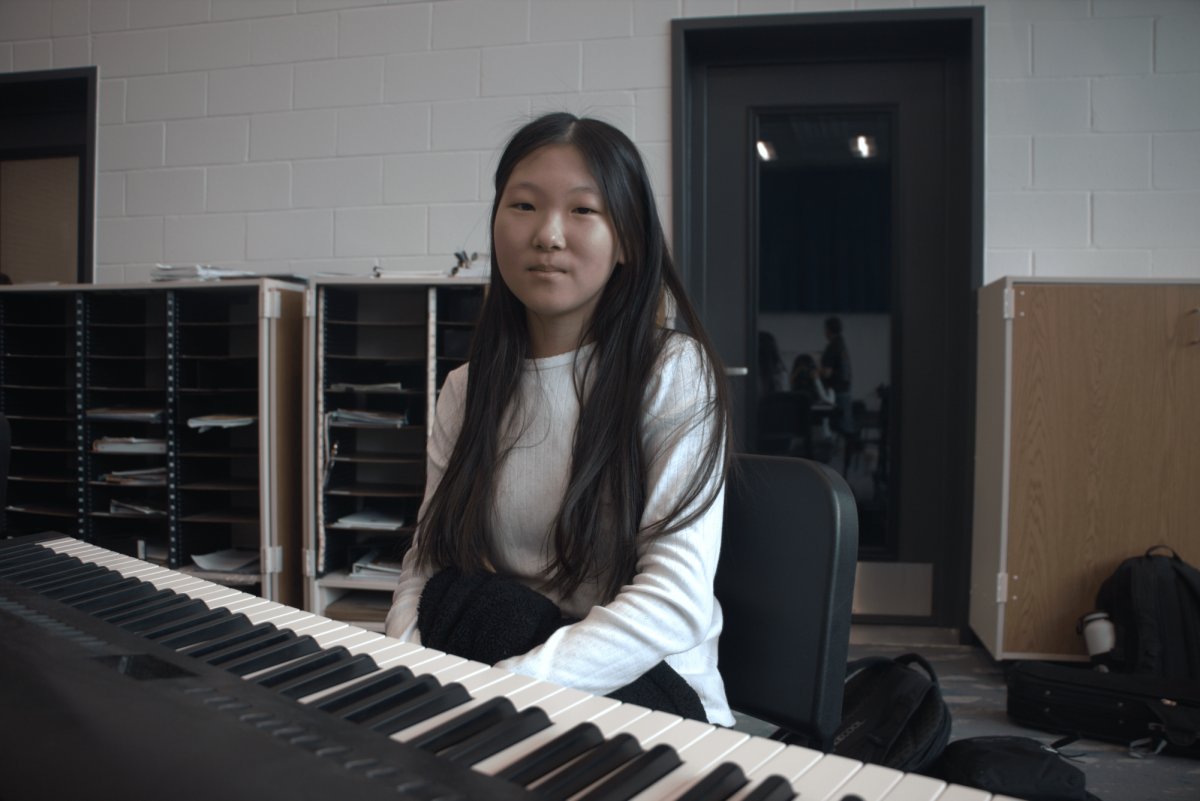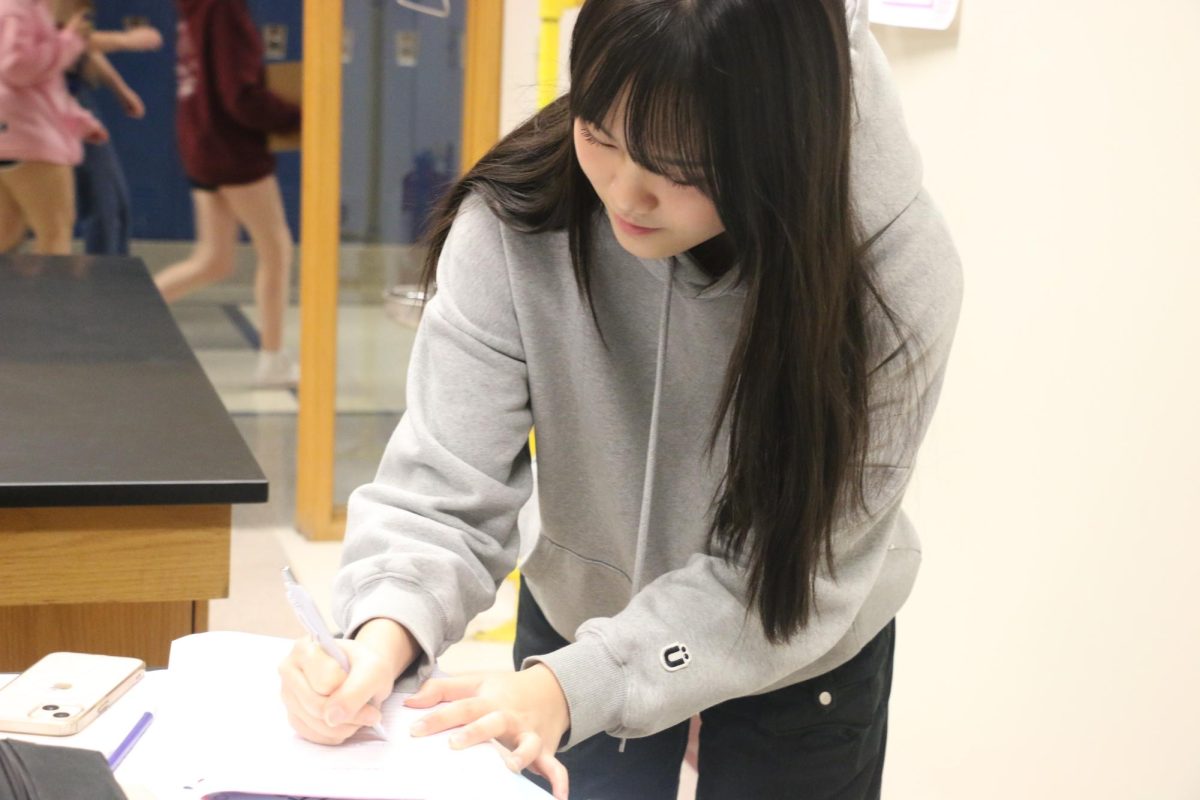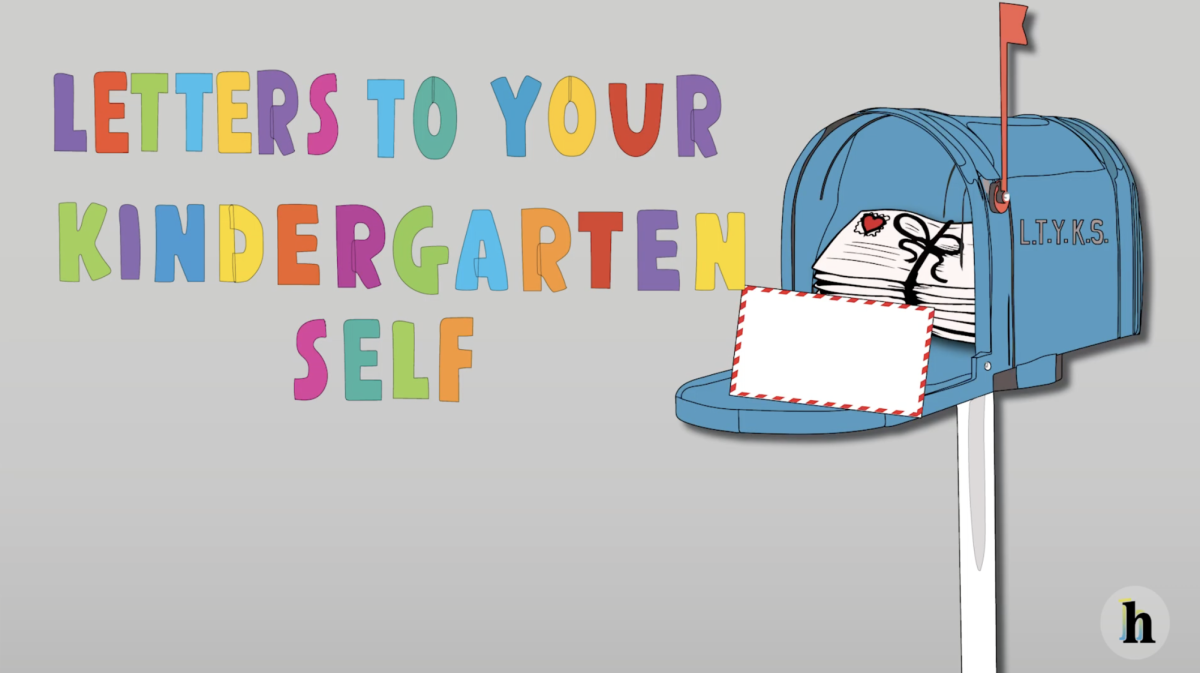In the first nine weeks of this school year, CHS administration changed the school’s policy to no longer allow eighth graders to shadow our students.
This change may come as a surprise to most. Shadowing is an option at a number of high schools around the state. It provides students with an opportunity to come very close to truly experiencing what life is like at the high school on a daily basis and can be critical to a student’s decision as to where they will spend the next four years.
While a tour is a good way to get to know the school, understand the general layout and obtain an overview of the programs offered, an integral part of the high school experience is being in the classroom, which can greatly differ between schools. This is especially true when comparing small and large schools—or public and private schools—which can have vastly different atmospheres, and tours don’t necessarily demonstrate that very well. According to Assistant Principal Amy Skeens-Benton, the students who typically shadow the most are students who live or attend school outside the district. These students would be unfamiliar to not only the way CHS functions but also the size of this school. Students may need to know whether or not they are comfortable attending a school with so many people and so much square footage.
So, why the change? According to Principal Tom Harmas, the main concern is safety. Introducing non-CHS students into the current student body and staff creates the problem of unpredictable liability; elimination of the shadowing option allows the school to avoid taking an unnecessary risk.
These are very good points. The safety of students within the school should always be the top priority. Especially in a time when tensions regarding violence in schools run high, it can be difficult to justify allowing the entry of strangers, and we certainly don’t want something bad to happen if it could be prevented.

However, there are other ways to keep students and staff at CHS safe. We can take steps to ensure teachers are ready to deal with challenges of other students in the classroom. We can alert the teachers beforehand when they will be receiving visitors so they can prepare their plans accordingly. Just as there are protocols when exchange students visit, teachers could be briefed on what to do when shadowing students come to school, how to treat them and keep them all safe. We can also pick specific days students can shadow so teachers will know well in advance when there will be visitors.
It is simply not worth taking away this valuable opportunity. While safety concerns are always important, in this case, the school has gone too far to mitigate problems.
Click here for an additional Q&A with Mrs. Amy Skeens-Benton: https://hilite.org/67065/perspectives/shadowing-editorial-additional-qa-with-amy-skeens-benton/

































![AI in films like "The Brutalist" is convenient, but shouldn’t take priority [opinion]](https://hilite.org/wp-content/uploads/2025/02/catherine-cover-1200x471.jpg)










































![Review: “The Immortal Soul Salvage Yard:” A criminally underrated poetry collection [MUSE]](https://hilite.org/wp-content/uploads/2025/03/71cju6TvqmL._AC_UF10001000_QL80_.jpg)
![Review: "Dog Man" is Unapologetically Chaotic [MUSE]](https://hilite.org/wp-content/uploads/2025/03/dogman-1200x700.jpg)
![Review: "Ne Zha 2": The WeChat family reunion I didn’t know I needed [MUSE]](https://hilite.org/wp-content/uploads/2025/03/unnamed-4.png)
![Review in Print: Maripaz Villar brings a delightfully unique style to the world of WEBTOON [MUSE]](https://hilite.org/wp-content/uploads/2023/12/maripazcover-1200x960.jpg)
![Review: “The Sword of Kaigen” is a masterpiece [MUSE]](https://hilite.org/wp-content/uploads/2023/11/Screenshot-2023-11-26-201051.png)
![Review: Gateron Oil Kings, great linear switches, okay price [MUSE]](https://hilite.org/wp-content/uploads/2023/11/Screenshot-2023-11-26-200553.png)
![Review: “A Haunting in Venice” is a significant improvement from other Agatha Christie adaptations [MUSE]](https://hilite.org/wp-content/uploads/2023/11/e7ee2938a6d422669771bce6d8088521.jpg)
![Review: A Thanksgiving story from elementary school, still just as interesting [MUSE]](https://hilite.org/wp-content/uploads/2023/11/Screenshot-2023-11-26-195514-987x1200.png)
![Review: "When I Fly Towards You", cute, uplifting youth drama [MUSE]](https://hilite.org/wp-content/uploads/2023/09/When-I-Fly-Towards-You-Chinese-drama.png)
![Postcards from Muse: Hawaii Travel Diary [MUSE]](https://hilite.org/wp-content/uploads/2023/09/My-project-1-1200x1200.jpg)
![Review: "Ladybug & Cat Noir: The Movie," departure from original show [MUSE]](https://hilite.org/wp-content/uploads/2023/09/Ladybug__Cat_Noir_-_The_Movie_poster.jpg)
![Review in Print: "Hidden Love" is the cute, uplifting drama everyone needs [MUSE]](https://hilite.org/wp-content/uploads/2023/09/hiddenlovecover-e1693597208225-1030x1200.png)
![Review in Print: "Heartstopper" is the heartwarming queer romance we all need [MUSE]](https://hilite.org/wp-content/uploads/2023/08/museheartstoppercover-1200x654.png)



